Scarpa Ribelle Run
Test Location: Monument, Colorado Springs, & Pike National Forest, Colorado
Test Duration (so far): 150 miles
Stated Stack Height (Men’s): 24.5 mm (heel) / 20.5 mm (forefoot)
Stated Heel-to-Toe Drop: 4 mm
Stated Features:
- A climbing shoe inspired TPU toe rand that encircles the perimeter of the shoe to provide 360-degree support and protection.
- A stretch fabric ankle collar with a minimal stretch tongue for support and protection from debris
- A full-length PRESA SuperGum rubber outsole with a generous distribution of 4 mm lugs
- A cinch lacing system for accessibility
- A medium density EVA midsole
Stated Weight per Shoe (US Men’s Size 9): 300 g / 10.6 oz
Blister’s Measured Weight per Shoe (US Men’s Size 9): 272 g / 9.6 oz
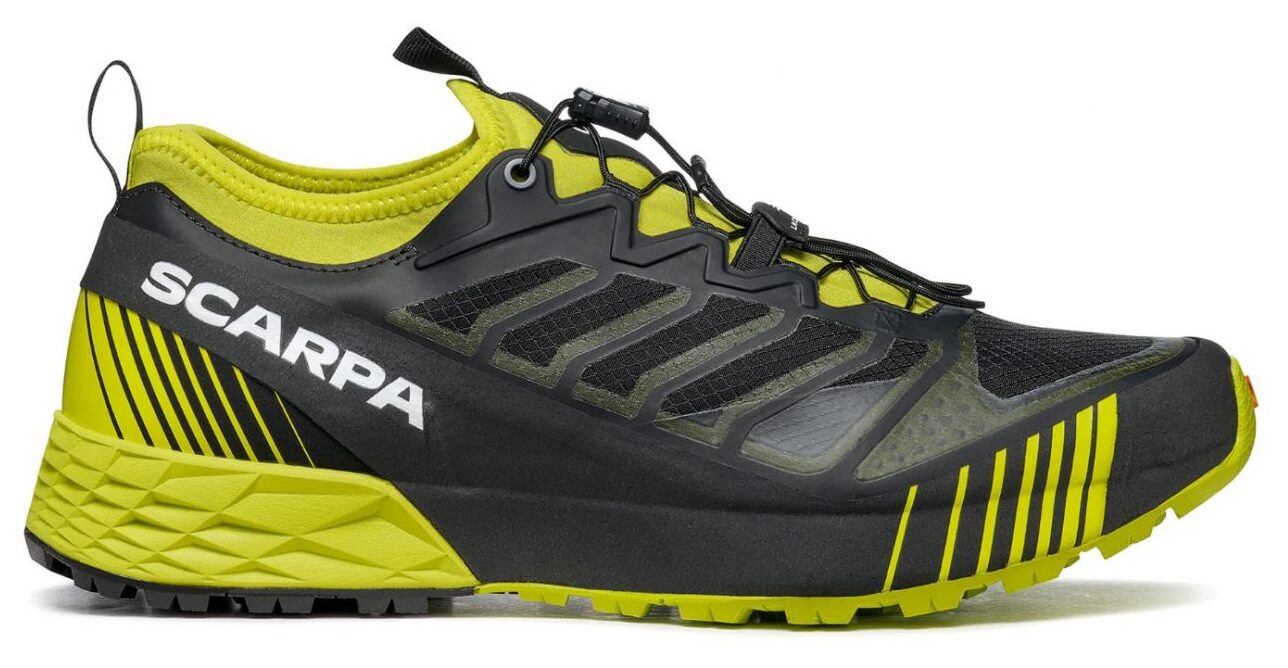
MSRP: $159
Size Tested: US Men’s 9 / EU 42
Reviewer: 5’6”, 140 lbs / 168 cm, 63 kg
Intro
Hailing from the foothills of the Italian Dolomites, Scarpa is a family-owned company with market penetration in climbing, mountaineering, skiing, hiking, and trail running. Originally founded in 1938 in the Asolo / Montebelluna region of northern Italy, Scarpa started out with the goal of producing high-quality footwear, reportedly recruiting the best shoe-producing craftsmen in the Asolo area of Northern Italy to do so. In 1956, the brand was purchased by one of those craftsmen, who then re-focused the company to serve the quickly growing mountaineering and alpinism scene sweeping across Europe, in turn laying the foundation for the Scarpa we know today. When the sport of trail running exploded in popularity in the 2010s, Scarpa took that as an opportunity to expand again, launching their own line of footwear in direct competition with the likes of La Sportiva, Salomon, and other established European brands. Since then, Scarpa has introduced a still-growing collection of trail shoes for both men and women, with options for just about every type of terrain and distance.
Fit
Like La Sportiva and Salomon, the fit of many of Scarpa’s models tend to favor narrow feet. My feet are on the wider side, so I was a bit hesitant about even agreeing to review the Ribelle Run, which would be my first trail shoe from Scarpa. Narrow shoes don’t tend to complement my running or feet very well, so I tend to favor models from brands like Altra and Topo Athletic, which have a wider, foot-shaped toe box. However, once on foot, I was pleasantly surprised by how well the Ribelle Run fit.
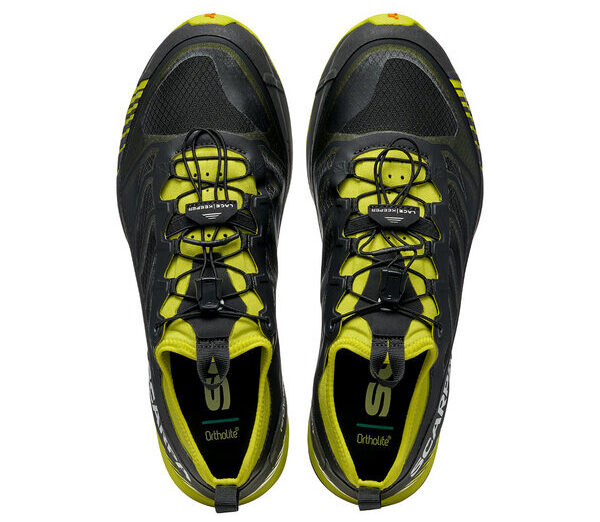
Weight
The Ribelle Run has a 24.5 mm / 20.5 mm stack height and reportedly weighs in at 300 g / 10.6 oz for a US Men’s Size 9 (in fact, my size 9 pair actually weighs 272 g / 9.6 oz). It’s stated weight places the shoe squarely in the middle of its peer group of models intended for technical mountain running, listed below. That said, the measured weight for my pair would put it on the lighter side of the list. All stated weights are based on a US Men’s Size 9.
258 g / 9.1 oz — Salomon S-lab Genesis
270 g / 9.5 oz — Scarpa Spin Ultra
270 g / 9.5 oz — Salomon Pulsar Trail Pro
280 g / 9.8 oz — Dynafit Alpine
300 g / 10.5 oz — La Sportiva Jackal
300 g / 10.6 oz — Scarpa Ribelle Run
303 g / 10.7 oz — La Sportiva Mutant
310 g / 10.9 oz — La Sportiva Akasha II
330 g / 11.6 oz — La Sportiva Cyklon
The Ribelle Run carries most of its heft in its relatively dense midsole and aggressive outsole. The upper isn’t exactly light either, but considering the shoe’s intended use, I was happy to trade a few grams for additional protection. After all, the Ribelle Run is no trail racer — it fairs much better off trail and comes with the necessary features to excel in those types of environments. While not the lightest shoe by any means, the Ribelle Run also isn’t the heaviest, beating out both the La Sportiva Mutant and La Sportiva Cyklon when it comes to plain weight. Instead, assuming the role of a middleweight, I think the Ribelle Run offers something unique for folks who want a shoe that can transition quickly between scrambling and trail running. In this sense, I use the Ribelle Run selectively. If my goal is alpine running on technical terrain, or if my run involves any kind of medium-distance running with mixed scrambling, then this is a solid choice. But if I’m planning on running fire roads, then this shoe stays at home.
Upper
From the second I slipped my foot into the Ribelle Run, I could tell how much thought Scarpa put into the upper’s design. A lot of trail shoes go with standard mesh fabrics with an added TPU overlay or two for protection which, in my experience, don’t hold up all that well on challenging terrain. The Ribelle Run’s upper, on the other hand, is composed of a lightweight mesh with thermally welded PU overlays and translucent ripstop, a combination of materials that felt much more robust and toughened than what’s commonly seen on “generalist” models. The shoe’s upper also features a climbing-shoe-inspired TPU toe rand that encircles the perimeter of the forefoot to provide additional support and protection (I’ll touch on this more below). Move further up the Ribelle Run and you’ll find an ankle collar made from stretch fabric and a minimal stretchy, fully gusseted tongue. Together, these two components combine to securely wrap the midfoot and ankle in a style that reduces bulk, enhances fit, anchors the heel in its padded heel cup, and helps keep out debris. Once on, the Ribelle Run’s sock-like upper made sure my foot wasn’t going anywhere.
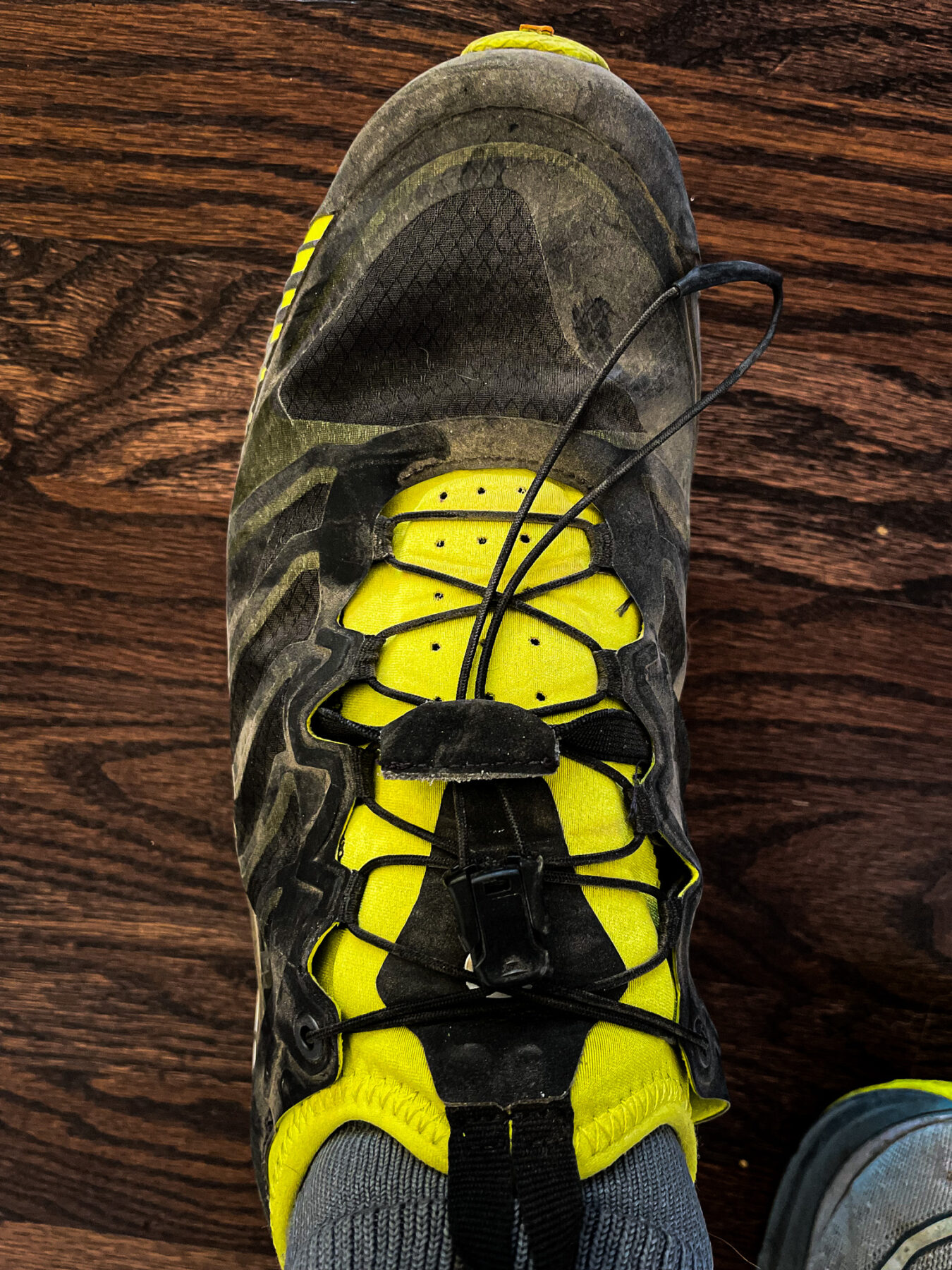
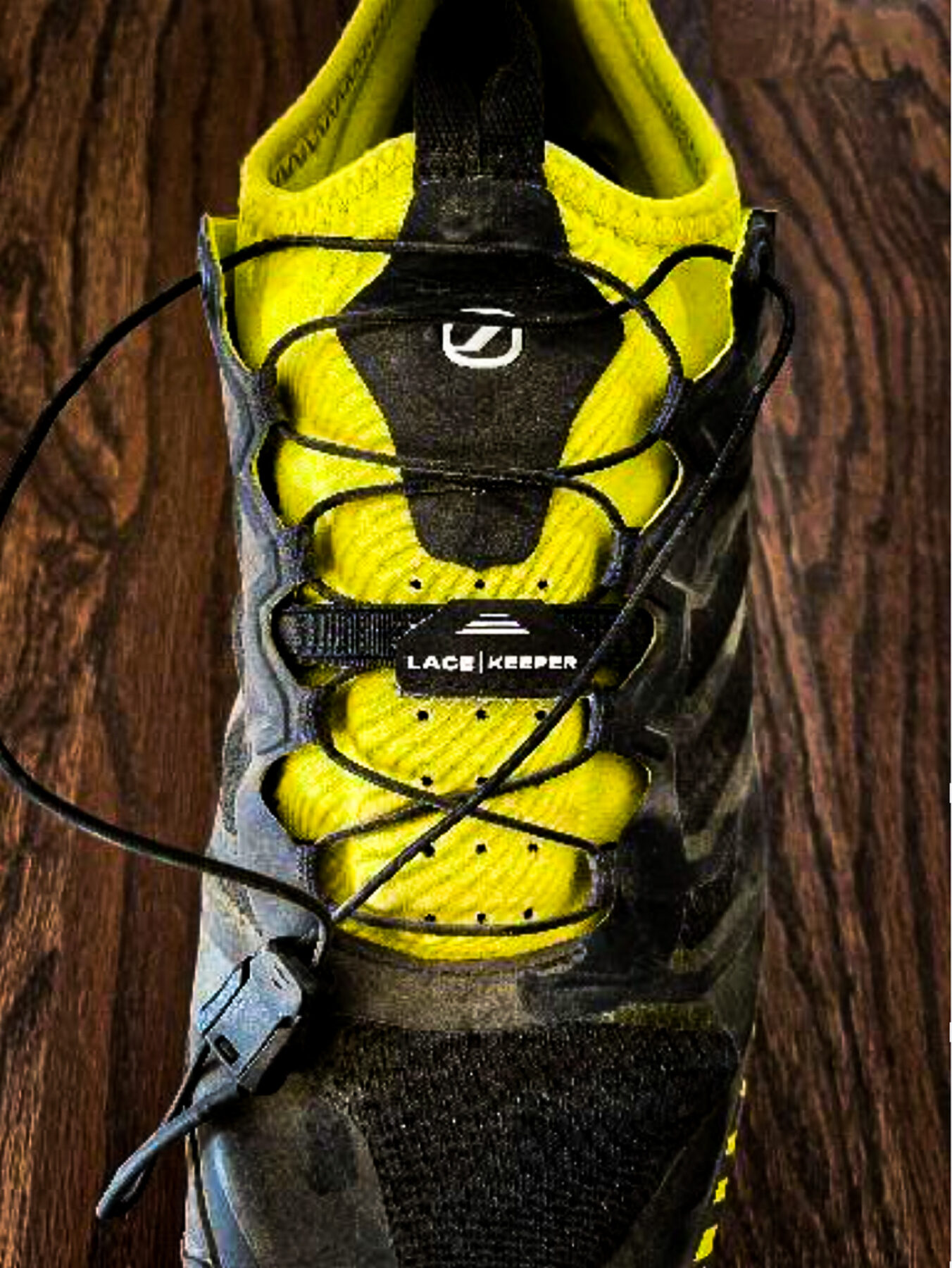
Midsole
The Ribelle Run comes standard with a dual-density EVA midsole with a 24.5 mm / 20.5 mm stack height (heel / toe). This part of the shoe isn’t anything to be particularly excited about — it’s light on cushioning and neither extremely comfortable nor uncomfortable. The Ribelle Run’s ride is mundane; its 4 mm heel-to-toe drop and average stack height made me feel pretty balanced, but because of the hardness of the EVA foam Scarpa uses, I lost out on some ground feel. I think the shoe runs the risk of trying to be too protective and loses a bit of dexterity in the process. This was on full display when I took the Ribelle Run on really rugged surfaces. Because my feet struggled to get a sense for the terrain — which led to instability while running — I ended up rolling my ankles a handful of times.
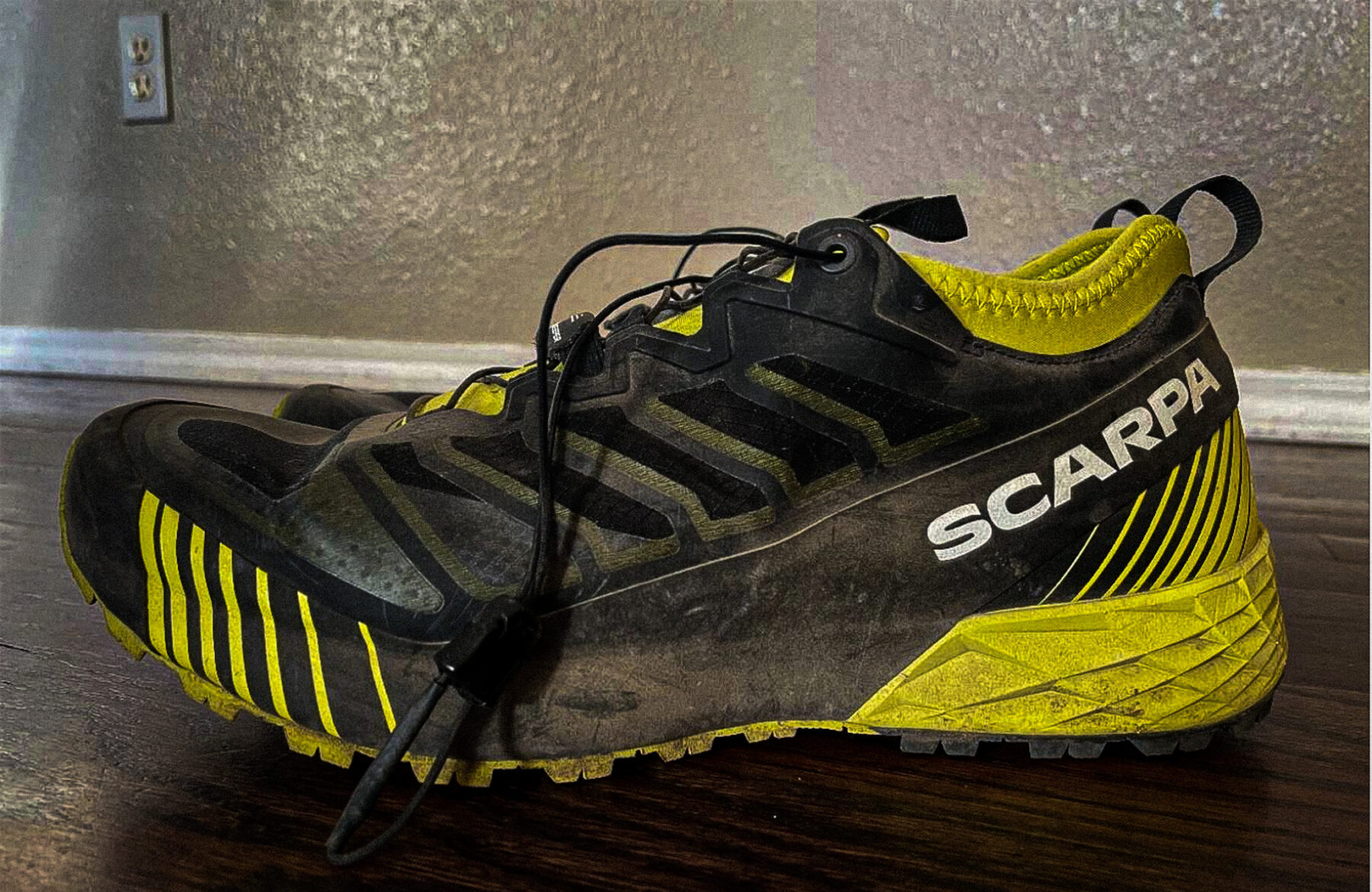
It took me some time to figure out exactly what was the source of the issue with the Ribelle Run’s ride, and after over 100+ miles, I think I’ve gathered enough anecdotal evidence to speculate. The problem starts with the stiffness of the midsole; instead of delivering high amounts of energy return, the EVA feels both inflexible and unresponsive. I think swapping out the existing midsole with one that is lighter and more cushioned would benefit future iterations of the model, which is otherwise tremendously well made, in my opinion. The Ortholite insoles Scarpa uses do add some plushness to the overall feel of the shoe, but not enough to offset the harshness I felt from its otherwise rigid platform. Technical trail shoes do generally need to be built studier than models intended for general use, but I think the Ribelle Run would be just fine without Scarpa’s “Dynamic Stabilizer Torsion” frame as well. The DST frame is included in the shoe’s midsole and wraps under the arch before extending along both sides of the heel for added stability and torsion control, but in my experience, it interfered with my natural footstrike by being too restrictive.
Unfortunately, it only took a few instances of rolling my ankle for me to come to distrust the Ribelle Run when running on really rocky trails. I grew paranoid, only wearing the shoes on efforts that included slower-paced, mild, unexposed scrambling. Now, I do think some of the stability issues I dealt with can be chalked up to the disagreement between my fairly wide feet, the last Scarpa uses, and the precision needed on technical terrain. While I still think the Ribelle Run can accommodate most foot types, folks with slender-to-average-shaped feet will likely have an easier time feeling comfortable navigating demanding surfaces like talus and boulder fields.
Outsole
Put simply, Scarpa nailed the Ribelle Run’s outsole design. In fact, in some ways, I think it helps redeem what ultimately turned out to be the shoe’s pretty disappointing midsole. Scarpa labels the Ribelle Run’s outsole as “PRESA TRN-01 / SuperGum,” a proprietary tread pattern and rubber compound that I found to feel and perform similarly to Vibram MegaGrip outsoles. The shoe features a full-length rubber tread with equally dispersed chevron-shaped 4 mm lugs, which provided excellent traction and braking on loose surfaces. The SuperGum compound was reportedly developed with slip resistance in mind in both wet and dry conditions, while at the same time (again, reportedly) offering 3 times the abrasion resistance of traditional butyl rubber
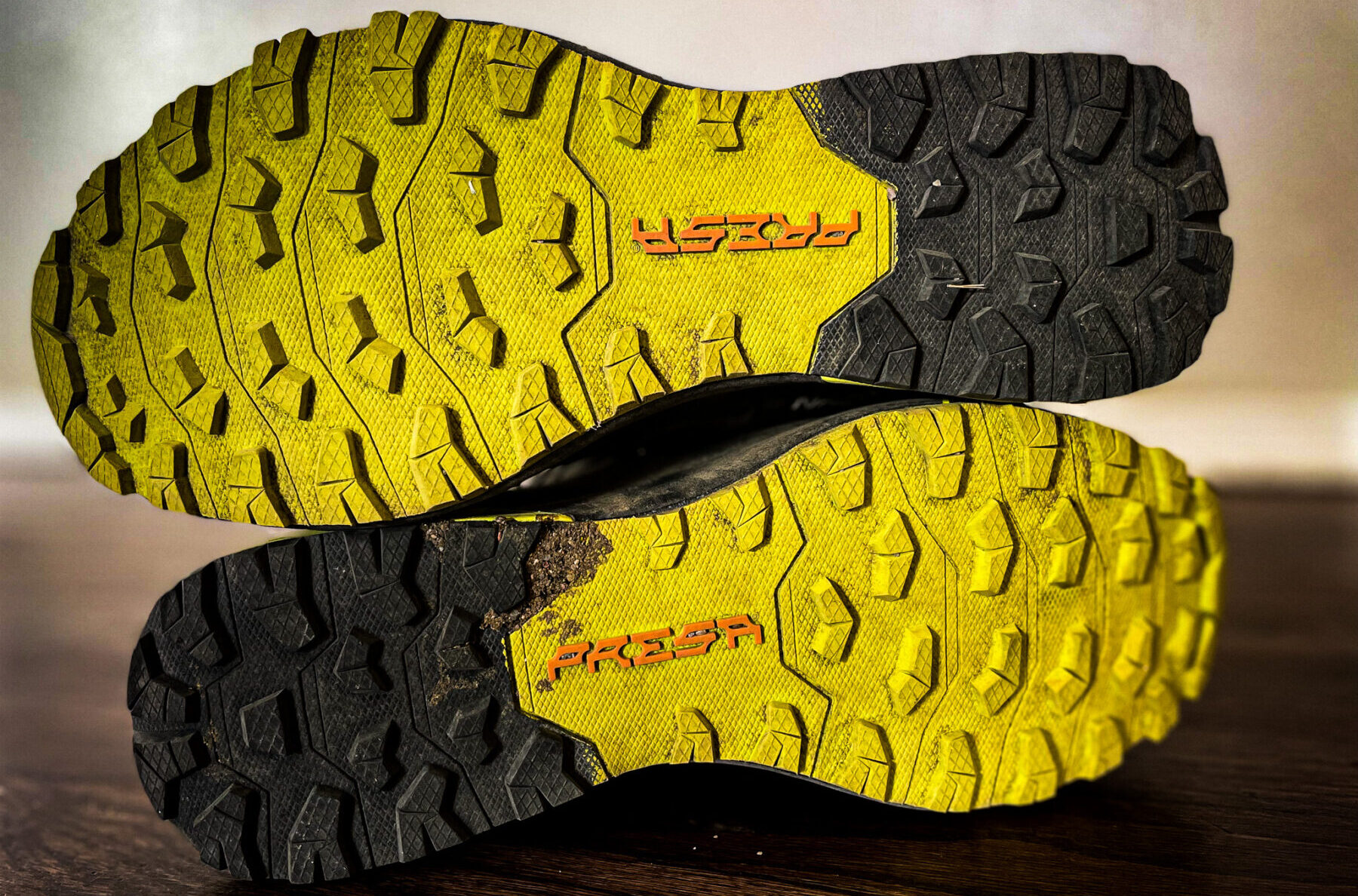
On Trail
I had a lot of fun in this shoe over the 150 miles I’ve put on it so far. Wearing the Ribelle Run made the trails I took it on that much more exciting. Out on the front range, we have numerous options for technical approaches with intermittent scrambling, and despite my issues with the shoe’s midsole, I had no problem taking it on Colorado Springs’ roughest trails, just as long as I kept my effort relaxed. On cruiser singletrack, the Ribelle Run felt slightly clunky, given both its rigidity and density, but that was less noticeable when I found myself in the middle of a rock garden and my pace naturally slowed. Forced to be particular about my foot placement, the Ribelle Run felt protective enough for me to be a little less precise about exactly where I stepped, with reason.
As I mentioned earlier in this review, I think most folks should view the Ribelle Run as more of a gadget shoe than a daily trainer, unless you’re someone who exclusively runs on significantly technical terrain (likely the minority of runners). That’s how I used it the majority of the time anyway, primarily for sub-10-mile efforts with tons of vert, the potential for off-trail excursions, and a lot of time spent on rocky surfaces. A brand’s intentions behind a given model don’t always align, but in the case of the Ribelle Run, I think Scarpa’s billing bears out; it’s a strong option as a middle-distance mountain running shoe.
Durability
Durability was an obvious focus of the design team behind the Ribelle Run, and something that I think they successfully addressed. In my experience with it so far, the Ribelle Run is what I like to call “hard to kill.” The exoskeleton-like upper has held up well against abrasions and potential punctures over the course of my 150-mile testing period. I also had no issues with the shoe’s cinch lacing system, much to my relief (replacing those can be a pain!). The Ribelle Run’s outsole has also held up quite well, especially given its tackiness. Despite my initial skepticism of Scarpa’s decision to use their own proprietary rubber compound when there are already so many good alternatives on the market, I must say, I walked away quite impressed by SuperGum. Not only did the tread retain its tackiness over time, but all of the individual lugs have remained intact as well.
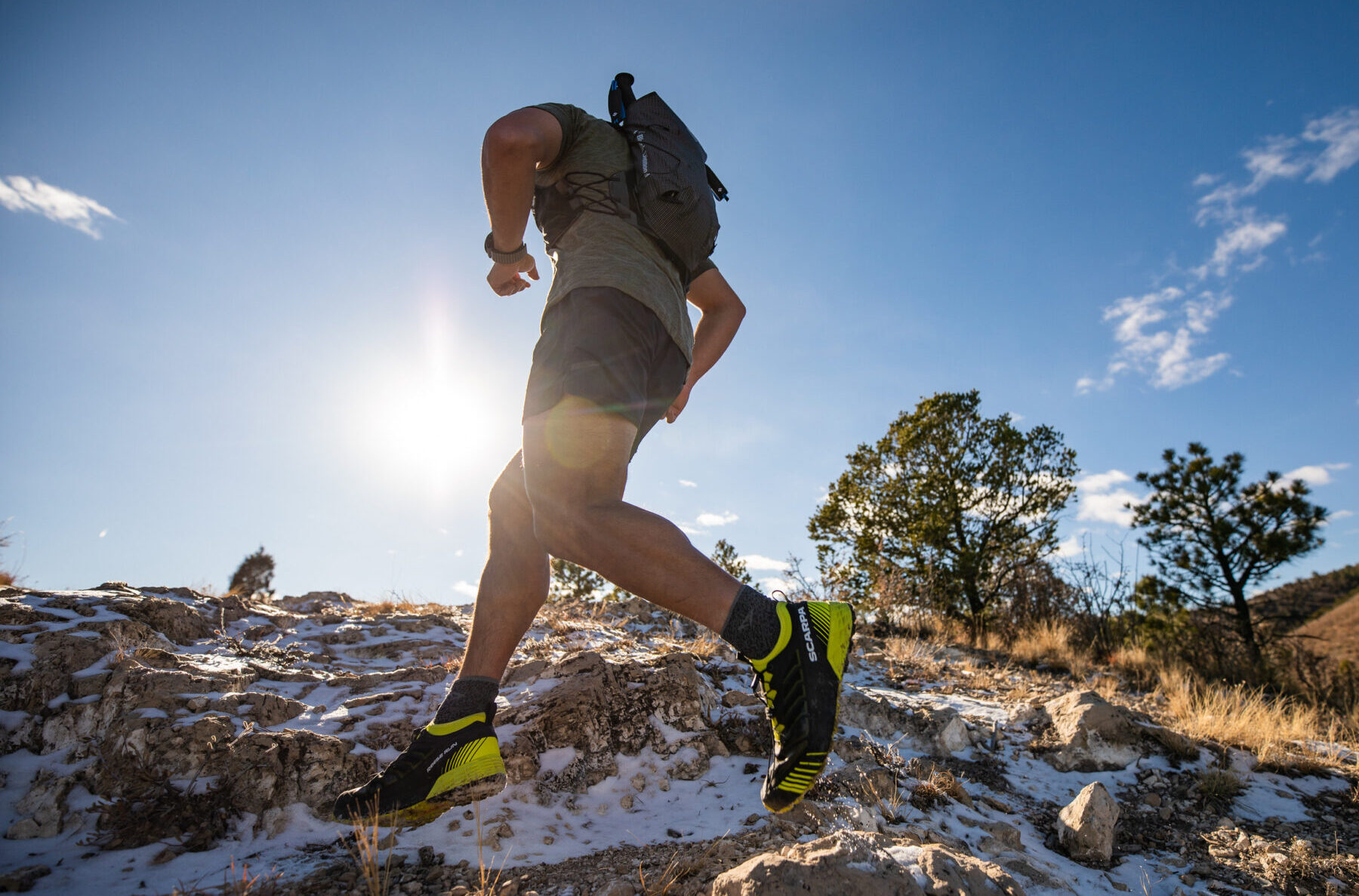
Who’s It For?
Scarpa pulled out all the stops for the Ribelle Run, demonstrating a clear knowledge of their audience (i.e., mountain runners looking to travel fast and light above treeline). I would say this is a very strong option for short-to-middle-distance adventures in the mountains, where hard, scrambly terrain is on the menu and a lot of slower paced hiking is involved. If you live somewhere flat with smooth trails and like to run fast, this likely would not be the best purchase for you, but if you’re someone who prefers technical surfaces where a stint of scrambling or two is involved, then the Ribelle Run should be on your list. And while this model likely won’t see many race starting lines, it should function well as a training option for folks who seek out the terrain in which it excels. I was really impressed with how well the Ribelle Run’s upper hugged my foot and expect this experience to carry over to most other foot types, excluding the extra wide, though its stability while moving fast through off-camber terrain may depend on how it fits your particular feet.
Bottom Line
The Ribelle Run represents an important step forward for Scarpa’s line of trail shoes. With its smartly designed upper and dialed-in outsole configuration, the Ribelle Run is more than just competitive against perennial fixtures in the technical mountain running shoe category, like La Sportiva’s Mutant and Bushido II. While its build quality and attention to detail are impressive, I do think Scarpa would do well to reevaluate some of their decisions when it comes to the shoe’s inflexible midsole, which I expect to be a sore spot for some folks. Still, despite a few shortcomings, the Ribelle Run is a solid option for runners looking for a resilient, protective, and grippy training shoe for short- to medium-distance efforts on and off trail.

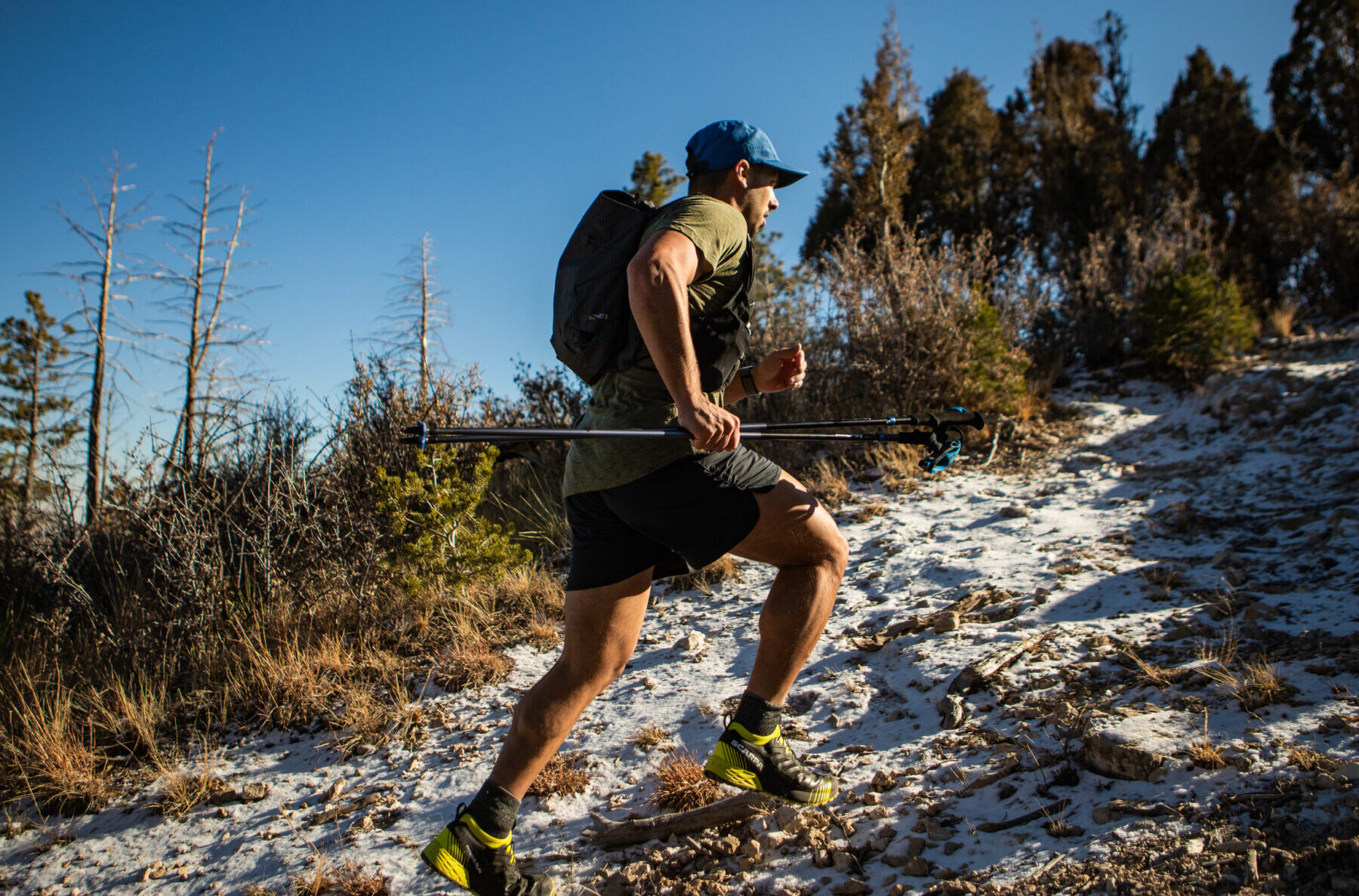

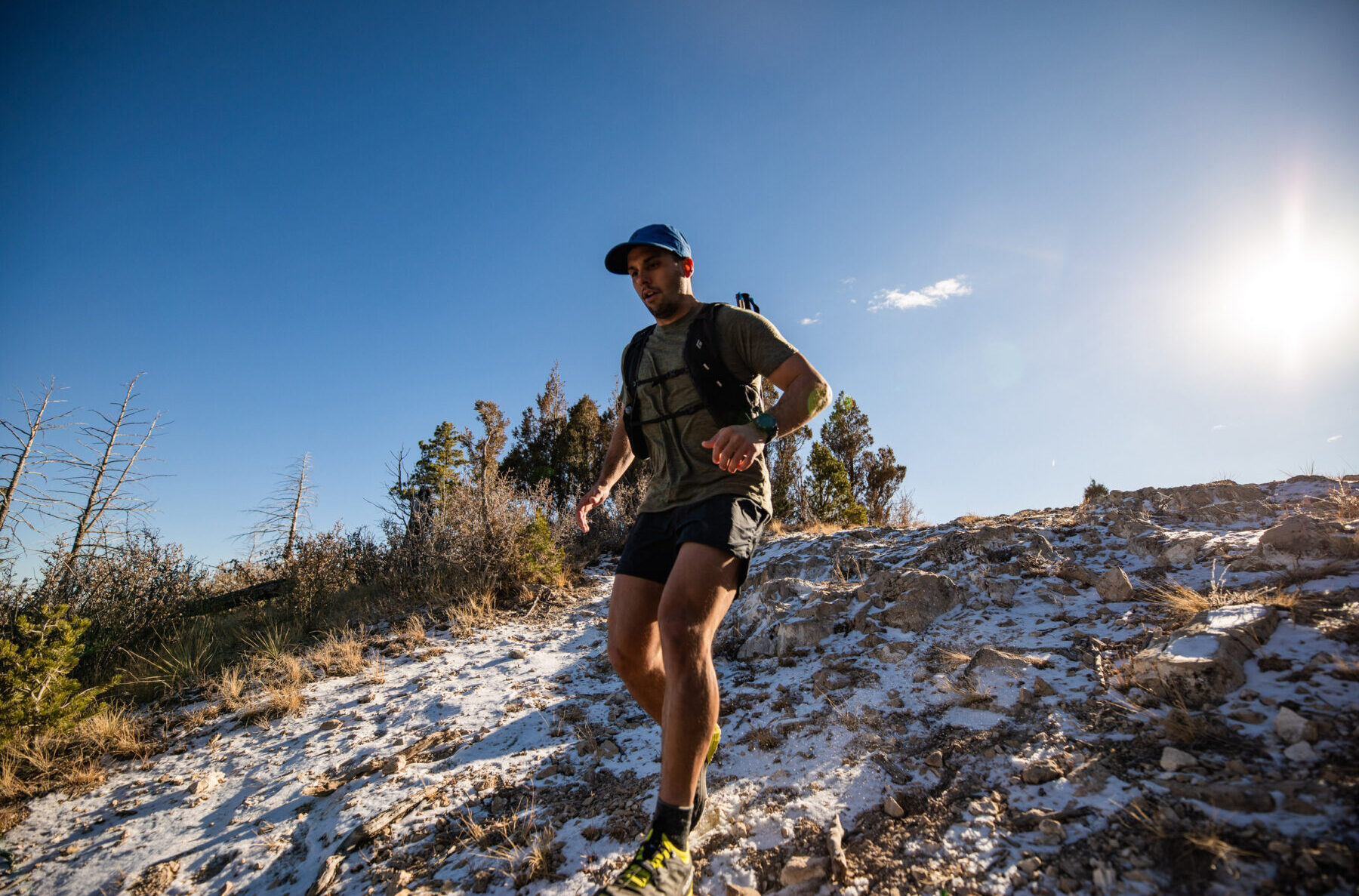
Nice review. I’m looking for something like this. Do you consider 24 miles a middle distance effort?
Great to read your analysis, fairly balanced about this shoe – Thanks